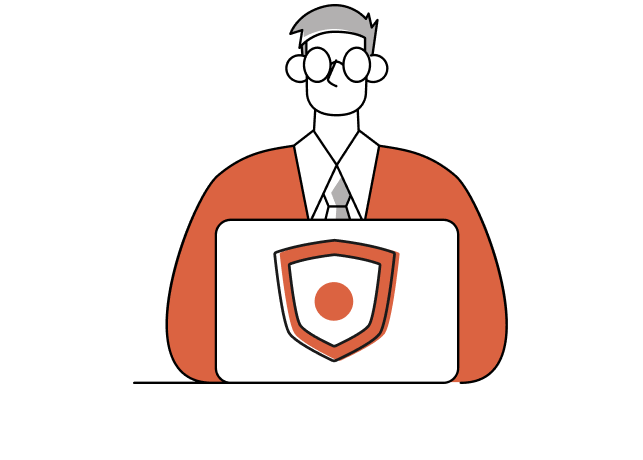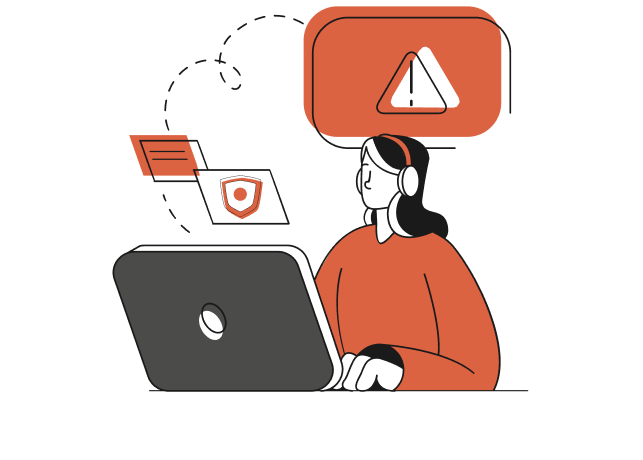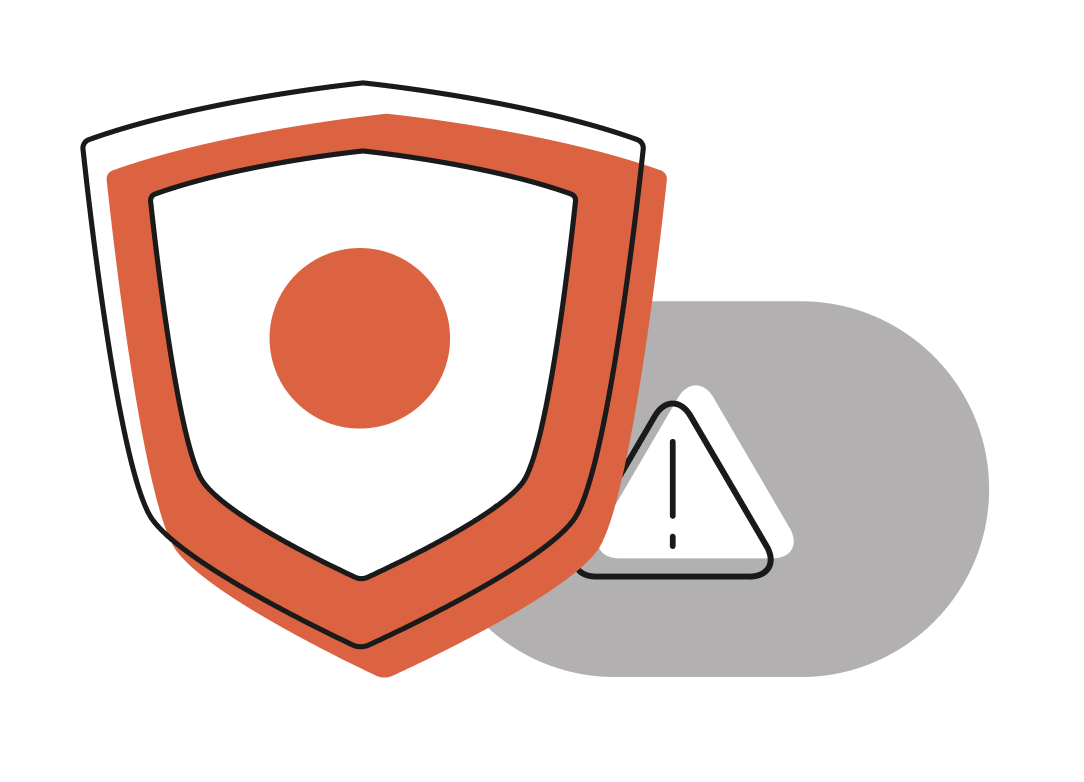Give your team the skills they need to stay up to date and compliant with the Australian Government’s Cyber Security Centre’s Essential 8 across ten 15-minute modules they can do at their own pace.
Password security
Password best practices are key to securing digital assets, strong and unique passwords for each account and multi-factor authentication can stop unauthorised access.
Phising indicators & prevention
Recognising and avoiding phishing attacks, being cautious about downloading attachments or clicking on links and steering clear of suspicious websites can reduce the risk of malware infections and other cyber threats.
Websites & software
The risks posed by malicious websites and software, teaching users to identify these threats and practical guidelines for safe browsing habits, mitigating cyberattacks and overall online security.
Malware
Types of malware and polymorphic variants aswell-as educating users on detection methods. Typical attack patterns and how to recognise and prevent malware related incidents.
Ransomware
Introduces encryption concepts, examines various types like scareware and provides strategies to avoid attacks. Empowers users to better understand and navigate ransomware threats to protect data.
Social media safety
Being mindful of what you share online, keeping privacy settings tight and not interacting with unknown people can reduce the risk of data leakage or cyber stalking.
Social engineering prevention
Educate individuals about deception tactics, promote critical thinking, multi-factor authentication and a security conscious organisational culture to prevent manipulation and unauthorised access.
Incident reporting and response
An effective incident reporting and response process allows organisations to detect and respond to potential security breaches quickly and minimise the impact on business and reputation.
Compliance
Covering key regulations such as GDPR, HIPAA Privacy & Security, PCI DSS and Data Breach Notification under the Data Protection Act so individuals can maintain legal and regulatory standards.
Physical security measures
Physical security should not be overlooked as it provides a foundation for digital security. Ensure workspaces are secured, implement access controls and be vigilant about disposing of sensitive documents to prevent unauthorised people from accessing critical systems or data.







